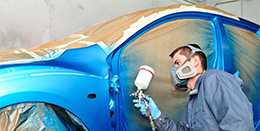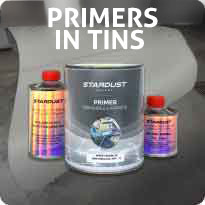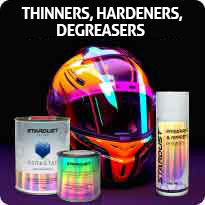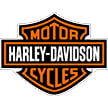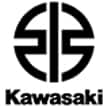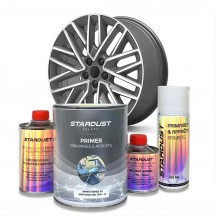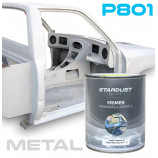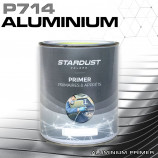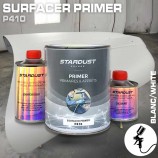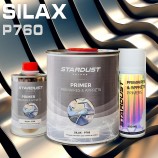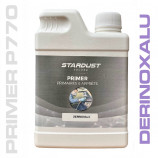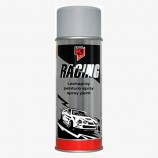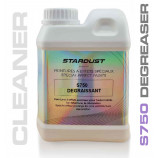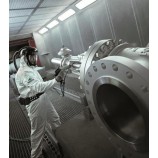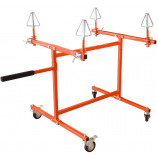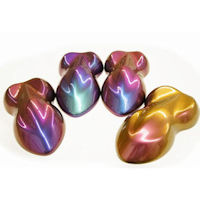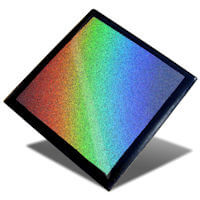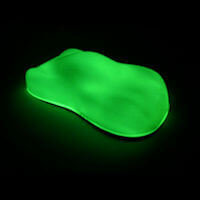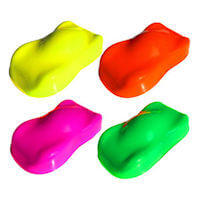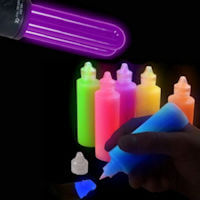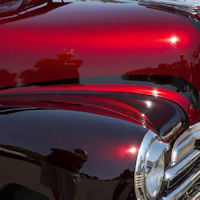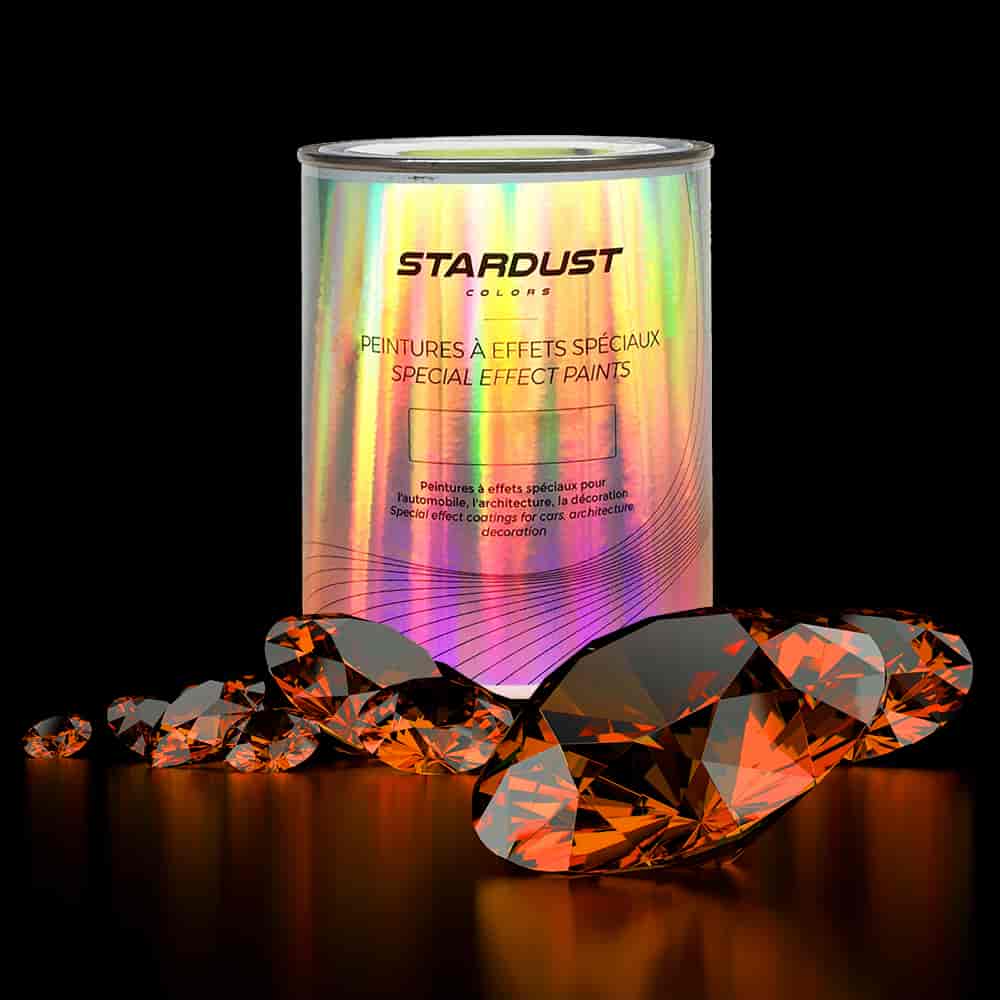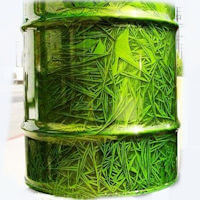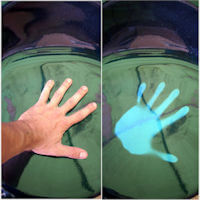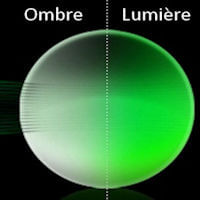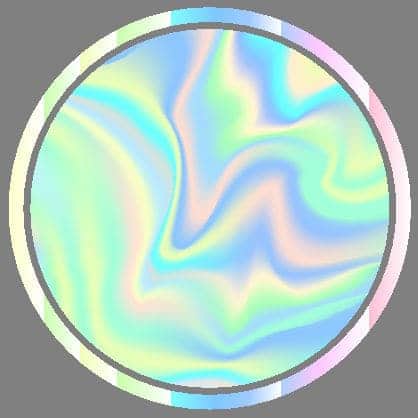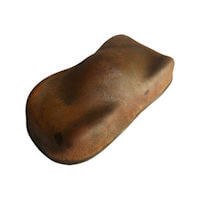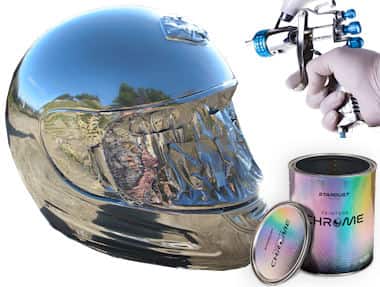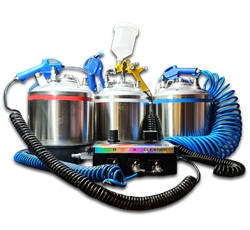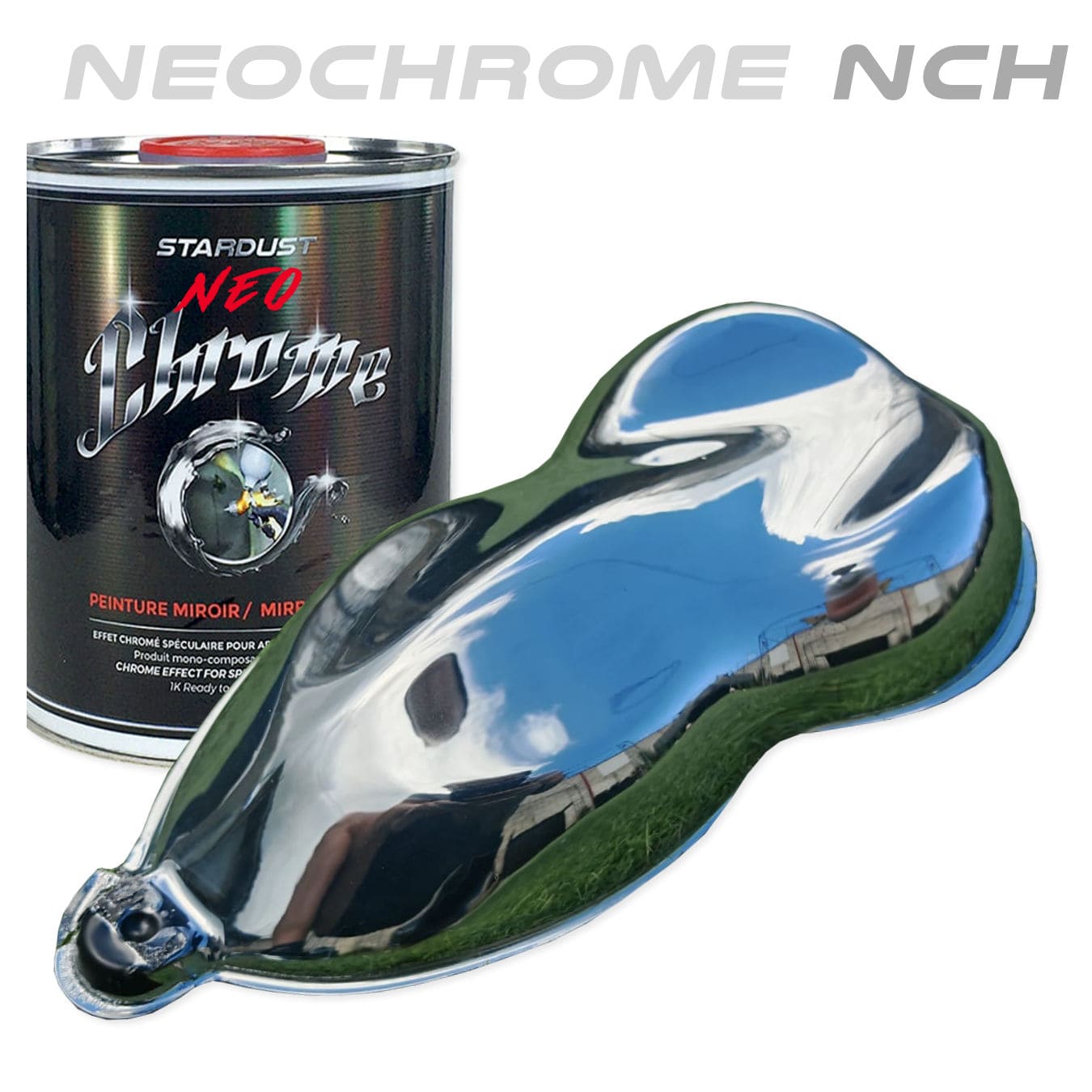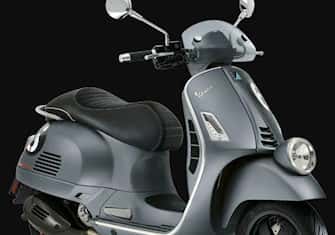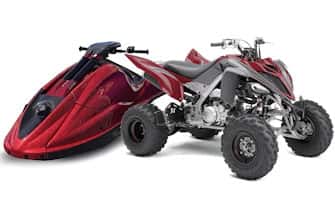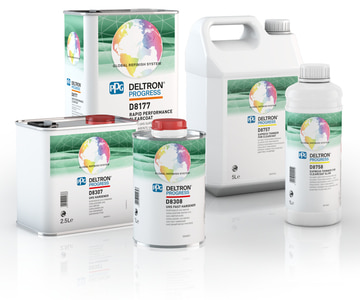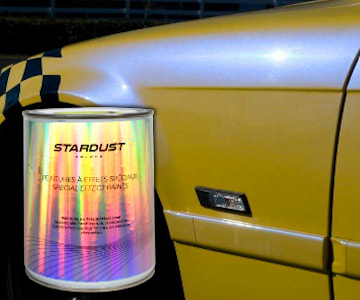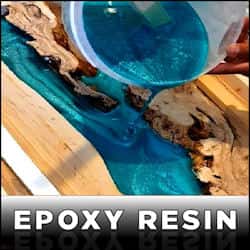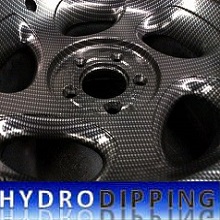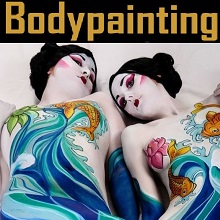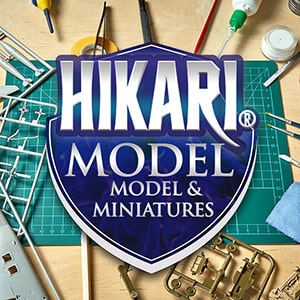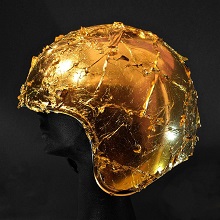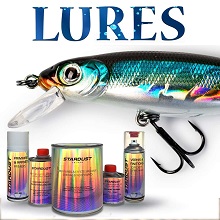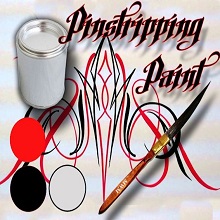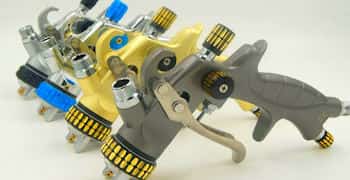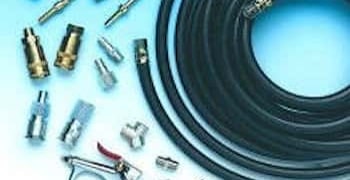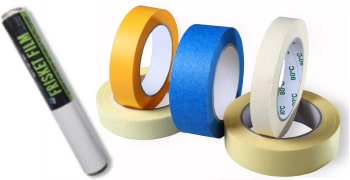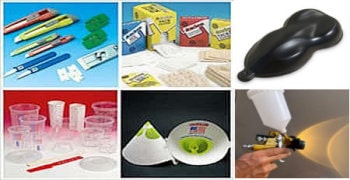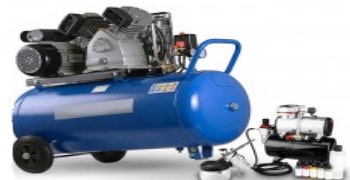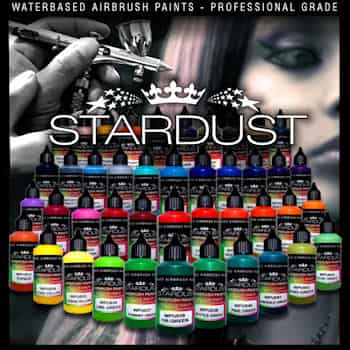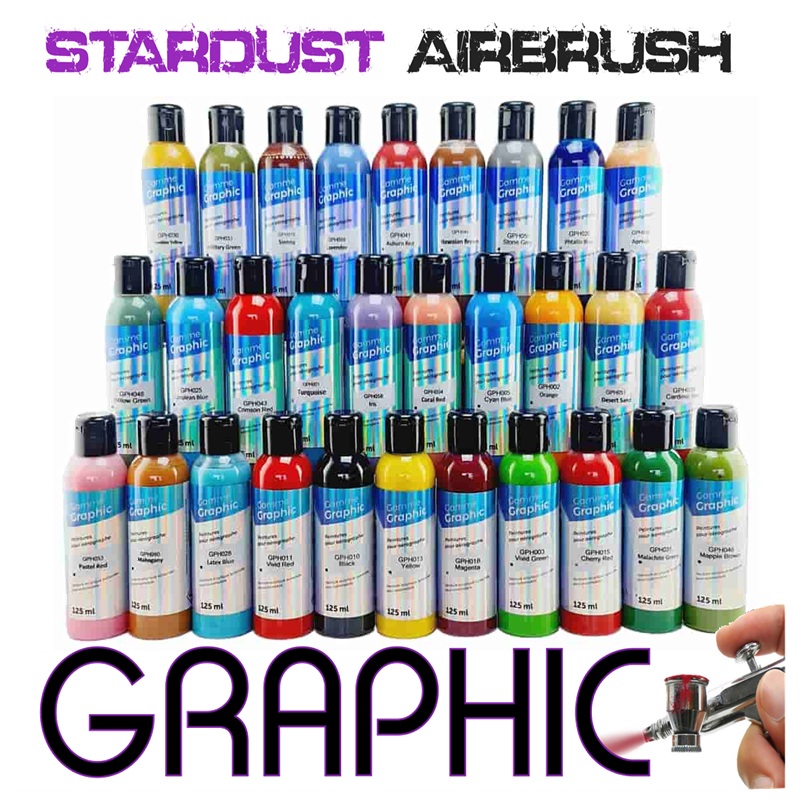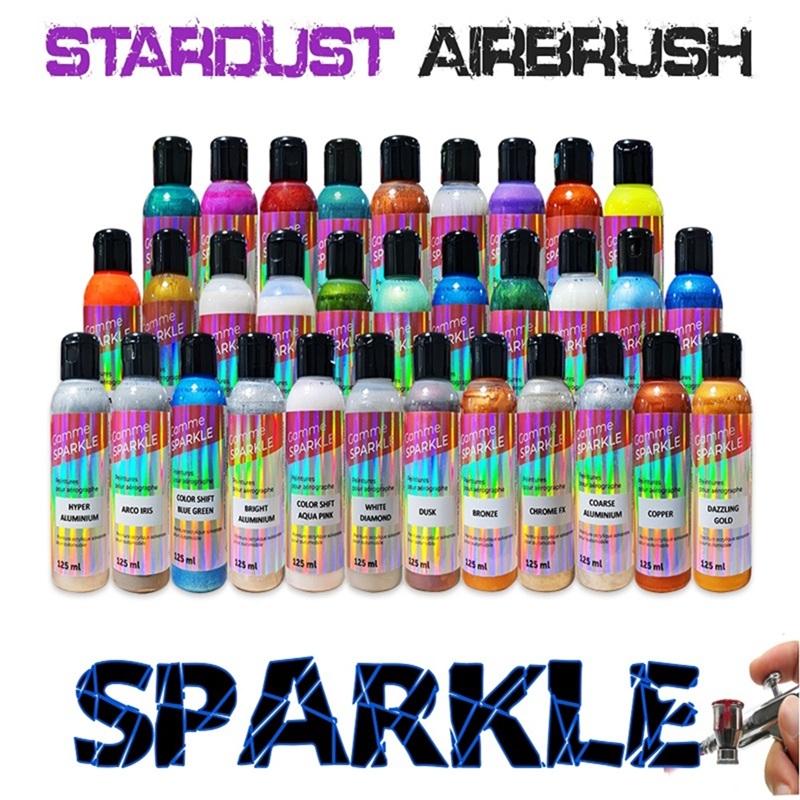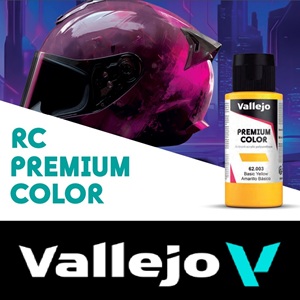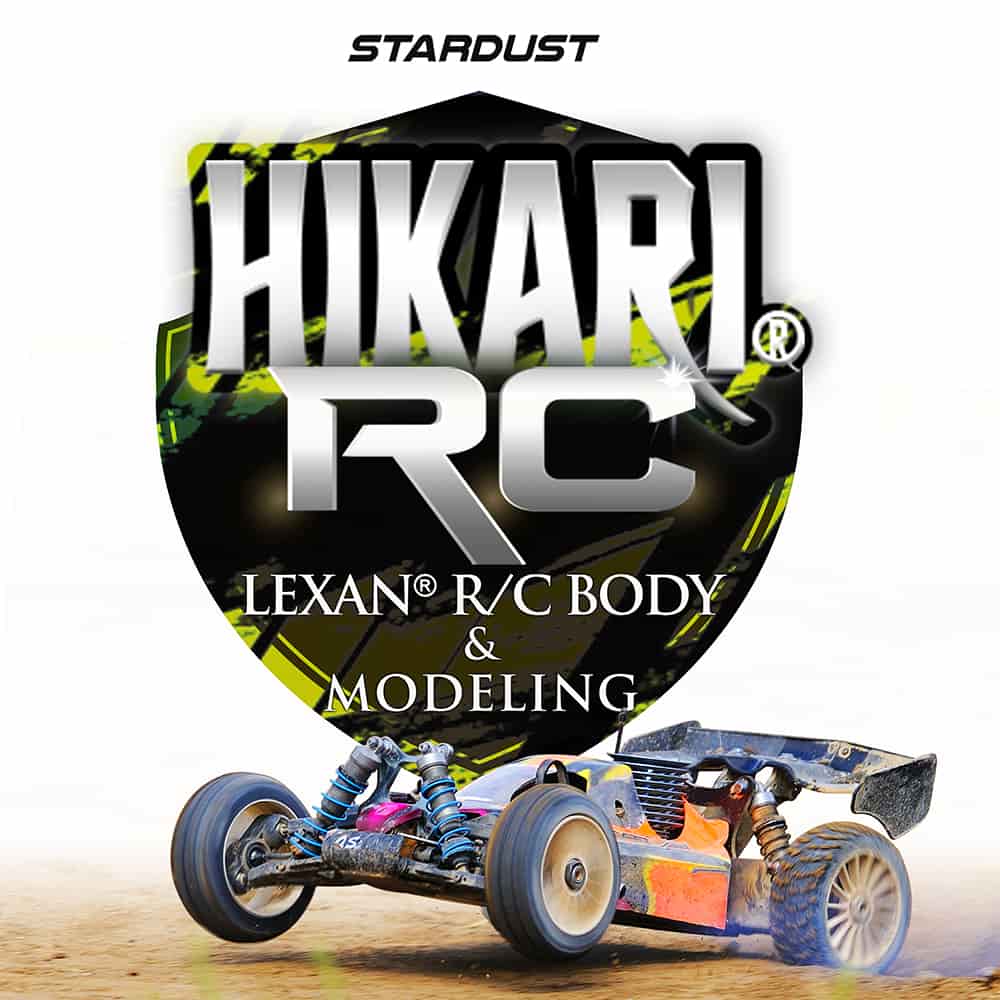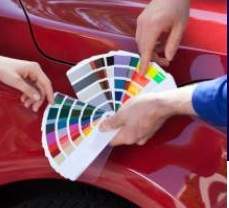When you are a beginner in the field of car body painting, and you are looking to bring together
the products needed to redo your rim coating, here are some clarifications concerning the primers to use for painting a rim, which ones? Why should I use them? How to paint a rim?
The application of a primer is part of the preparatory steps for painting a rim. As we will see, a primer is not always necessary, so it saves work and products.
Here we will clarify everything concerning the preparation of a rim coating and the use of a rim primer, and answer these 3 essential questions :
When is a primer required?
On unpainted surfaces, usually raw metal. Wheels are made of metals, ranging from simple steel, to aluminum or alloys, sometimes even chrome.
In all these cases, it is imperative to apply what is called metal adhesion primer (which is used to adhere) and which has a protective role against corrosion.
Primers for rim paint
In another case, when the surface is too damaged to be painted, a thick product can be applied to level and resurface : It is a primer filler. This product is a covering primer and makes micro defects disappear after sanding.
Bien que ces apprêts puissent être appliqués directement sur le fer, il est conseillé d'appliquer un accrocheur pour métaux en premier, surtout s’il s'agit de métaux non ferreux (plus difficile à accrocher)
> If the rim is already originally painted, as is the case most of the time, then there is already a lot of work done by the manufacturer to apply primer, paint and topcoat. No primer is thus necessary on this painted rim, we can proceed to the coating after a simple sanding using a 320 or 500.
What is the difference between a base and a primer ?
These are two terms usually used in the body shop field in a rather vague way.
A primer comes first : it is often a thin product that is used to create a connection with the surface to give a guarantee of adhesion on difficult to adhere materials.
A base is a product that "prepares" and makes the surface ready to paint.
You may need neither, one, or even both, when painting a rim.
What are the different types of primers and bases for rims ?
For metals, there are first of all anti-corrosion and simple adhesion primers for steels and ferrous metals.
Then there are primers for non-ferrous metals (aluminum, zinc, galva...) which are "phosphatizing" or "wash primer" bases.
The two component epoxy primers are suitable for all metals and are high performance adhesion primers.
Repair primers
Finally, this other family of primers for rims, known as "filler" primers, exist in thick and slow version, and in thin and fast version, ready to paint. In truth, after this kind of primers, it is always necessary to sand.
These products are very covering, they dry quickly, and are intended to be sanded. The products are easy to be sanded dry or wet and create a smooth, perfect and flawless surface.
For spray products, there are mono-component consumer sprays and two-component professional sprays, which are much more effective in terms of surface loading.







